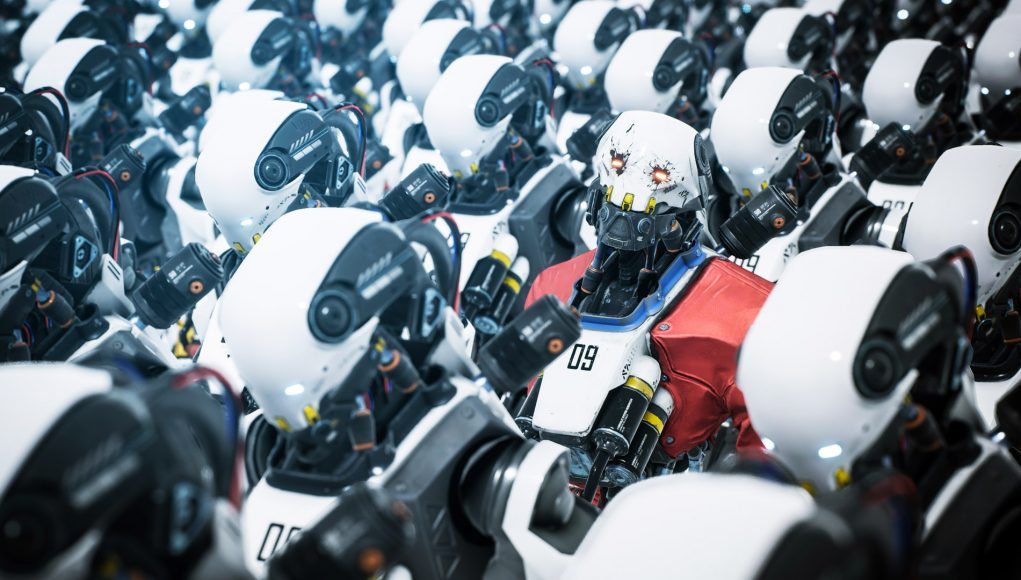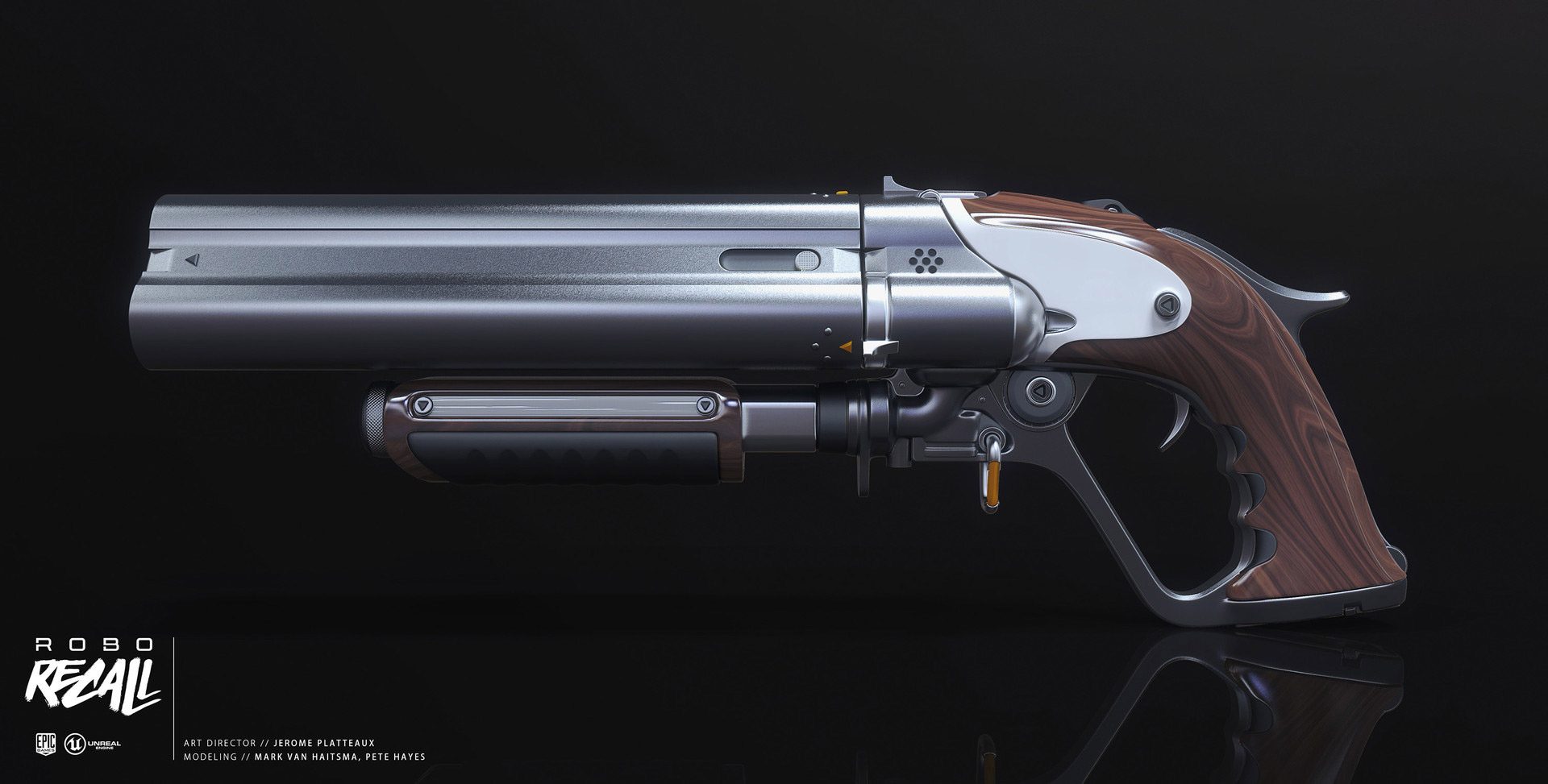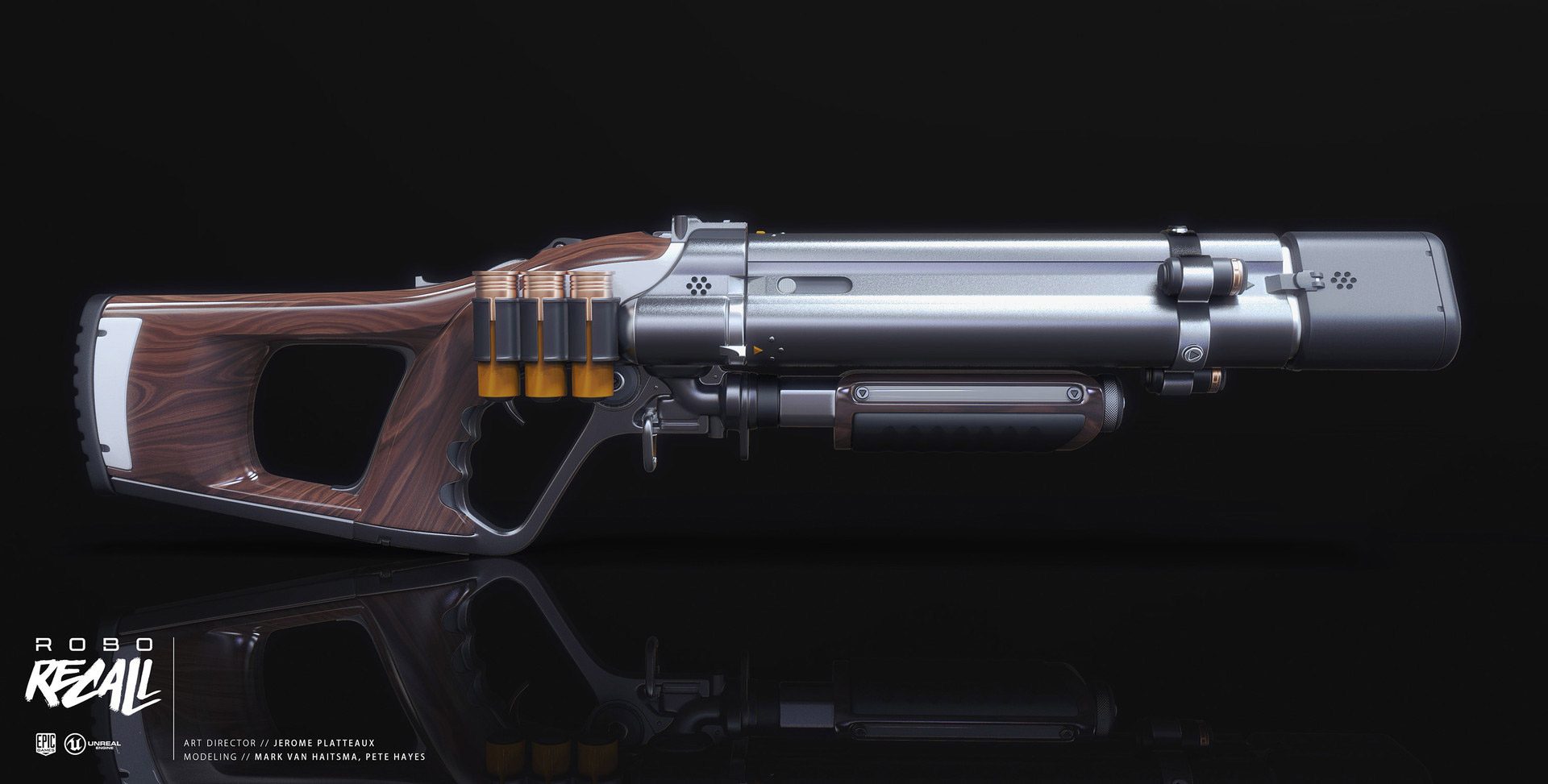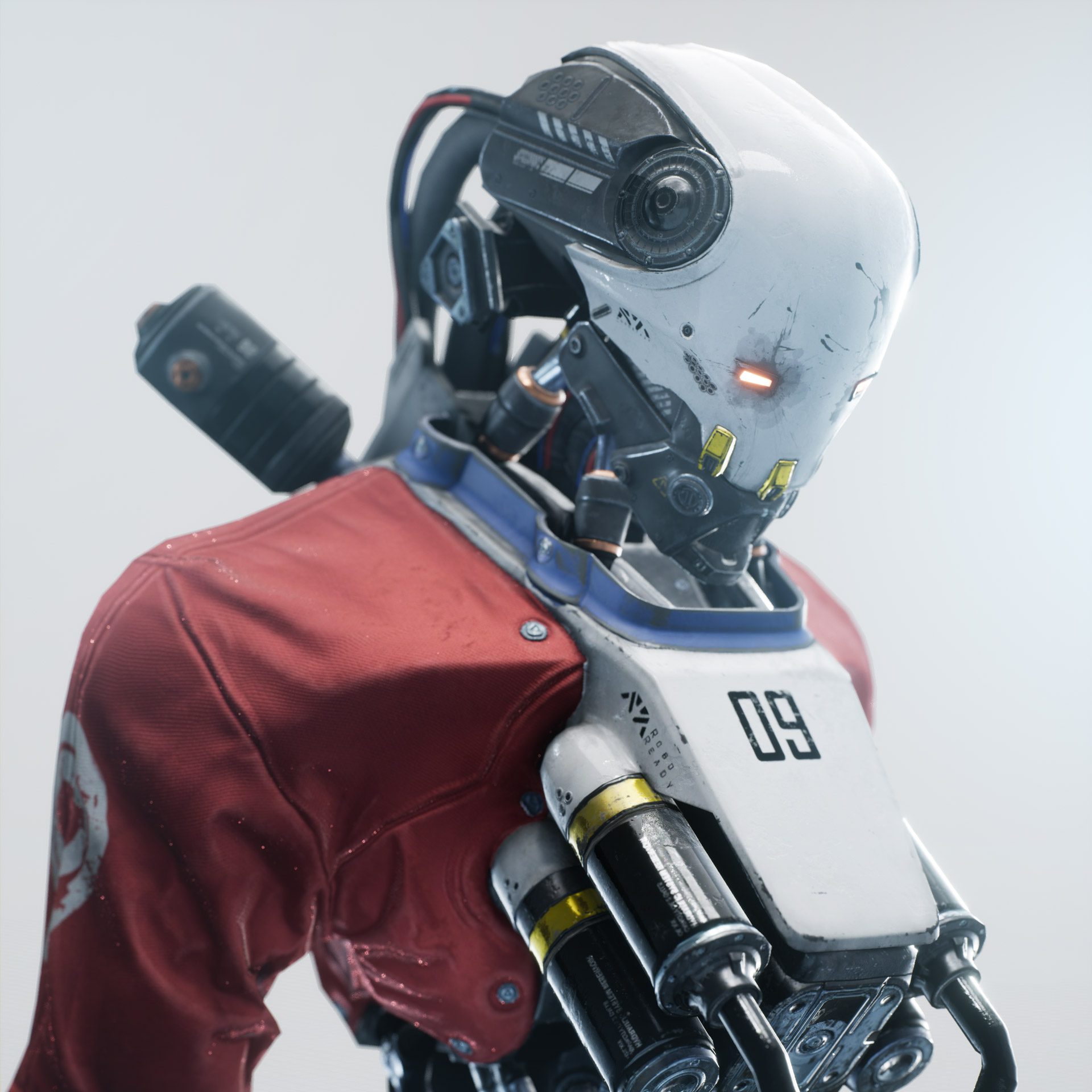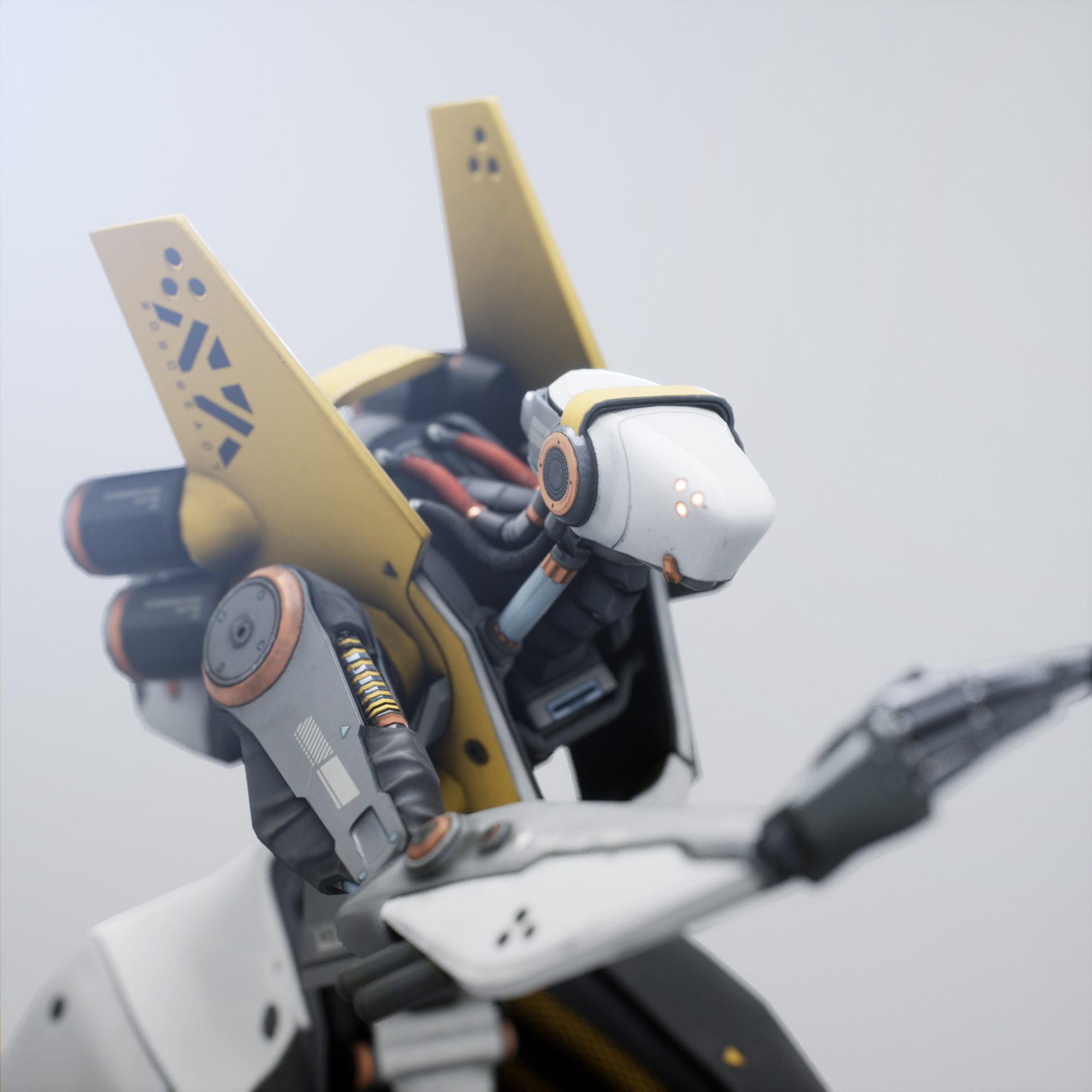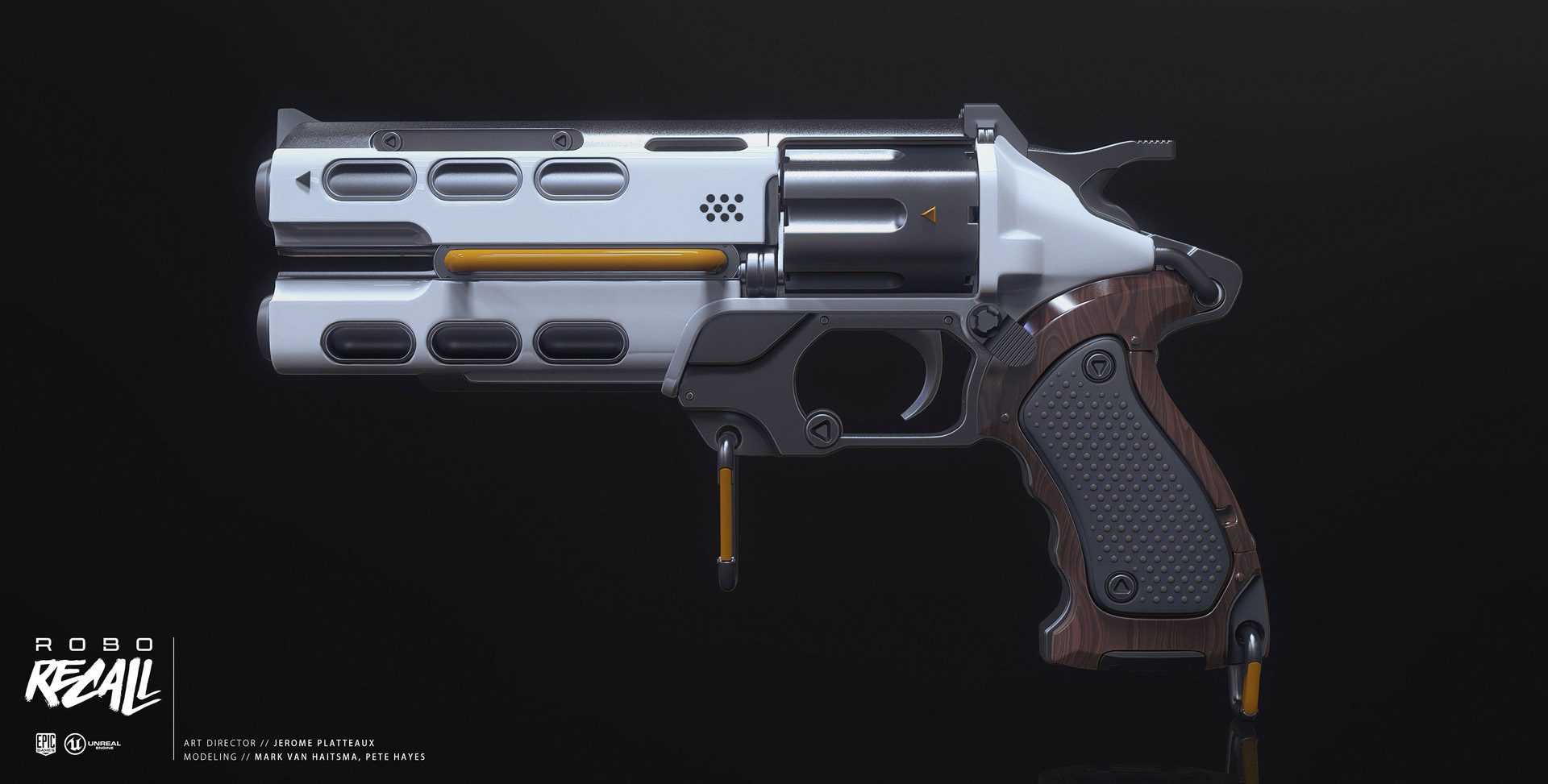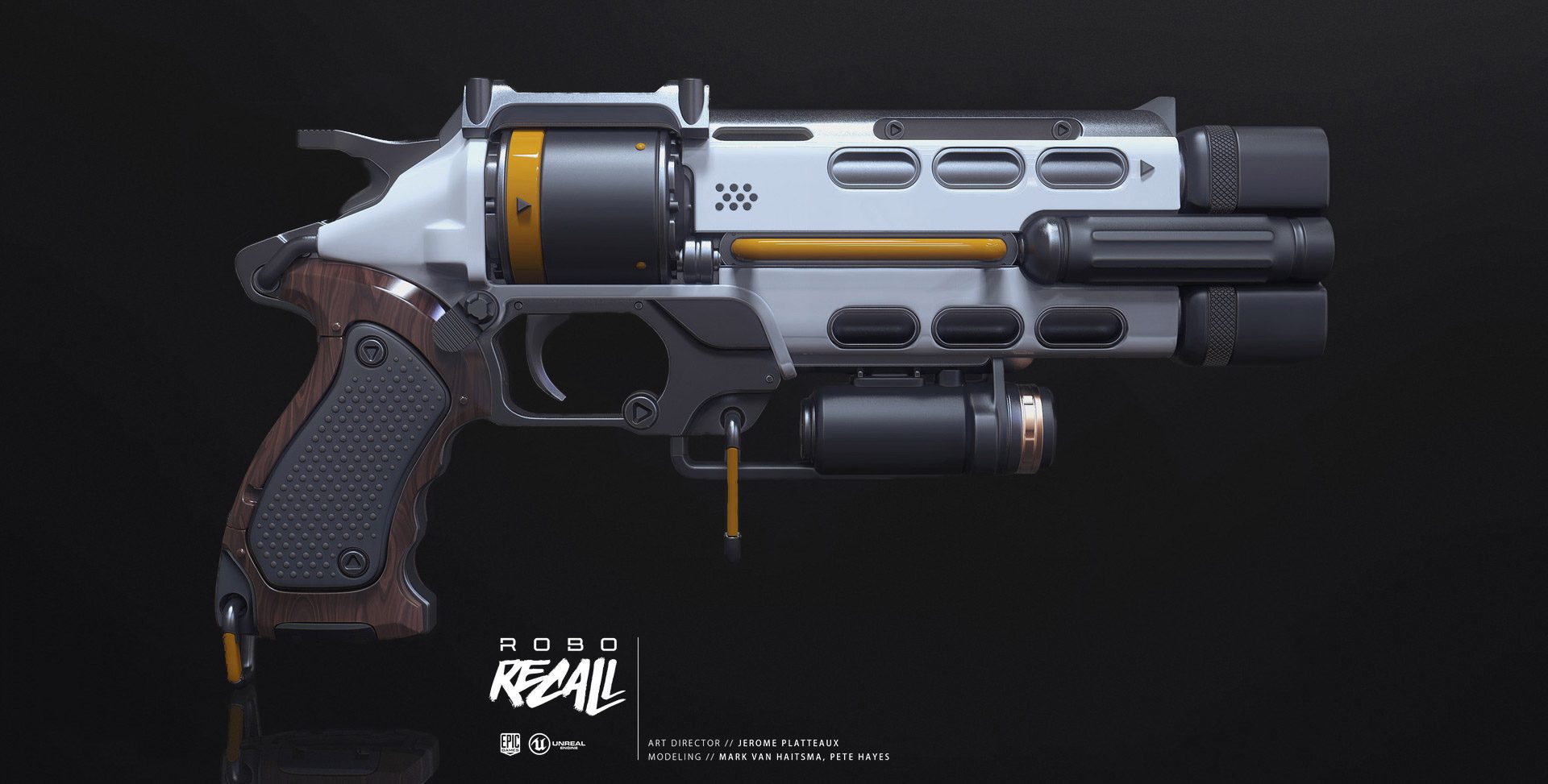A Throwback to the Future
So there are questions over the locomotion from some quarters, and somewhat fewer concerns over the length of the game, but something that we can all agree on is that the game is a wonderful throwback to the arcade era. If this had a Sega or Namco badge on it, people could easily believe that it came from those companies. Whiting leaps on this, “that’s a very deliberate decision. We wanted something where people could feel like they’re having a good time, and not taking itself too seriously.”

With me being of a certain vintage, the announcer at the start of the game took me right back to my arcade days in the ‘80s and ‘90s, and even into the ‘00s with the Dreamcast console. That call out at the start of the game nearly didn’t make it, says Whiting.
“Funny enough that was a very controversial thing, and we nearly cut that from the initial trailer, because people thought it would be too cheesy. I’m really glad we stuck with it though.” I can’t help but echo the sentiment.
That arcade ethos extends to every facet of the game, as it invites you to utilise all the aspects of your VR presence in the name of robo-slaughter.
“That was one of those things that’s cool and unique to the medium,” he tells me. “You have motion control so your actions are directly one-to-one translated into the game, so teleporting up to something and tearing it apart, swinging it around, is just viscerally fun so it’s something that we really wanted to focus on. In large part due to the feedback of people playing on Bullet Train.”
Encouraging Destruction
All of which has led to Robo Recall being an absolute blast. Visceral is the word. I remember striking poses that would shame Freddie Mercury on a Queen album cover while throwing live robots into the vortex, and liberating their limbs for laughs. For developers, however, one of the bigger VR problems is how to get players to interact fully with the game; how to let them know what was possible. Whiting picks up this theme eagerly.
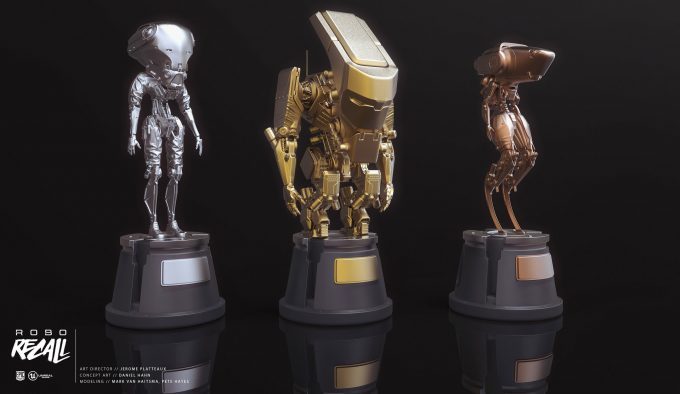
“A lot of it was trying to inform players and get them to do what you intend them to do. A lot of people don’t realise that every bot in the game can be weaponised some way; you can rip the limbs off the biped bot and use them to melee with, but you can also grab the flying bots and shoot their laser cannon; take control of the big bot,” and plenty more besides, I recall from my own time with the game. “But trying to get people to do that—because people aren’t used to actually feeling like they’re in a gunfight, and they kinda hunker down a little bit—so trying to get them to engage with the robots that can be slightly intimidating.”
This comment takes me back to my vivid recollections of the Showdown demo. The roaring at the end really did cause me to take a literal step back the first time it happened, followed shortly by relieved self-conscious laughing. Similar reactions can be seen with people viewing things like the Oculus Dreamdeck ‘Dinosaur’ scene for the first time.
“It’s an interesting design challenge that we didn’t consider at the very beginning: trying to make them not appear super threatening,” says Whiting. “The whole motif of the game being an arcade action game that doesn’t take itself too seriously is all a very conscious effort to try and drive people to feel comfortable in the environment and [know] that they can play around with it. We want them to feel like it’s a sandbox rather than a game where you do A and then get B. We want them to start exploring.”
Accessible by Novices and Pros Alike
Exploration—of the game mechanics more than the world—was something that ate a lot of my initial time with the game. When I was turning in scores of 100,000 or less in a mission with a challenge to get 3,000,000 it was obvious that something was amiss with my approach. I started to realise that each encounter was akin to a puzzle that I needed to unravel. Whiting had the Epic perspective on this voyage of discovery.
“We made a lot of conscious effort for people that have never tried it before—especially people that haven’t really played shooters or anything like that you can imagine the learning curve—so we tried to kinda ease them in with the training mission. Make it so that failing is very hard, like abjectly failing is very hard in the game. You can die but you can get right back into the action.”
This is true, but getting ‘back into the action’ at the expense of 10% of your score total is—and please excuse my male-oriented pivot to the gutter—a kick in the balls. Especially when I was clocking 2,900,000 scores toward my goal of three million
“A lot of it was like trying to make sure that everything was a gentle slope as much as possible, but leaving room for progression at the top end so you have skills that you actually master and get good at when you dedicate the time to it.”
This, for me, is the draw of the game’s ‘All Star’ mode. This is something that people new to shooters, or content tourists just soaking up the latest and greatest in VR, are never going to see. This is the real game. It ups the ante on enemy numbers, and massively reduces the delay on robots reacting to your moves in the world, which in many ways forces the player back to square one to re-acquire the skills necessary to succeed in this new environment. The feeling for me was very much like that when approaching a new Dark Souls game—I had the will, but lacked the skill.
I share my experience with All Star mode with Whiting, who seems pleased at my suffering.
“I’m glad it provided a legitimate challenge. That was the hope, to give you something that’s still hard to master in a traditional arcade game way. In games today it’s easy to get all the way through it but then it doesn’t necessarily provide a challenge, and I think it’s one thing people love about the Souls games is they don’t coddle you once you get to a certain point; it’s brutal but it’s fun because you feel like if you master it you’ve really accomplished something.”

